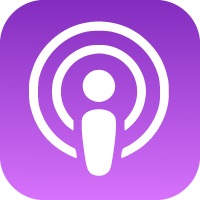Greetings everyone! I’m Scott Sampson and I’ll be posting my chapter notes from Simon Sinek’s book Start with Why on a weekly basis. I also include how Agile Coaches can apply the learnings from the book in their coaching practices. Enjoy!

Chapter 1 – Assume you Know
- We make decisions based on what we think we know.
- Example given was when people thought the world was flat and no one traveled.
- When it was discovered that the world was round, societies started to travel.
- This led to all kinds of innovations and advancements and moved the human race forward.
- We all want to make the right decisions. Assumptions, even when based on sound research, can lead us astray.
- How do we explain or decide on a course of action that yields a desired effect
that is repeatable. - How can we have 20/20 foresight?
- The Japanese automakers engineered the outcome they wanted from the
beginning instead of collecting Data to see why something didn’t work at the end.
Then, if they didn’t meet the outcome they wanted they knew it was because of a
decision at the beginning of the process. - When faced with a result that doesn’t go according to plan, a series of perfectly
effective short-term tactics are used until the desired outcome is achieved. But
how structurally sound are those solutions? - The ones that achieve more, the ones that get more out of few people and fewer
resources, the ones with an outsized amount of influence, however, build
products and companies and even recruit people that all fit that all fit based on
the original intention. Great leaders understand the value in the things we cannot
see. It’s what we can’t see that makes long term success more predictable for
only one (manipulate the car door with mallet at end of process vs. designing it to
fit from beginning of process). The one that understood why the doors need to
fit by design and not by default.
How can Agile Coaches apply this to their coaching practice?
- Encourage the team to conduct research, analyze data, and test assumptions to make
informed decisions. - Encourage the team to focus on their long-term goals and identify the outcomes they want to achieve.
- Work backwards to develop a plan to achieve those outcomes.
- Offer to support them with check-ins on their progress.
- Encourage the team to focus on designing solutions from the beginning using a design thinking mindset rather than just using short-term and unsustainable approaches to achieve a desired outcome.















